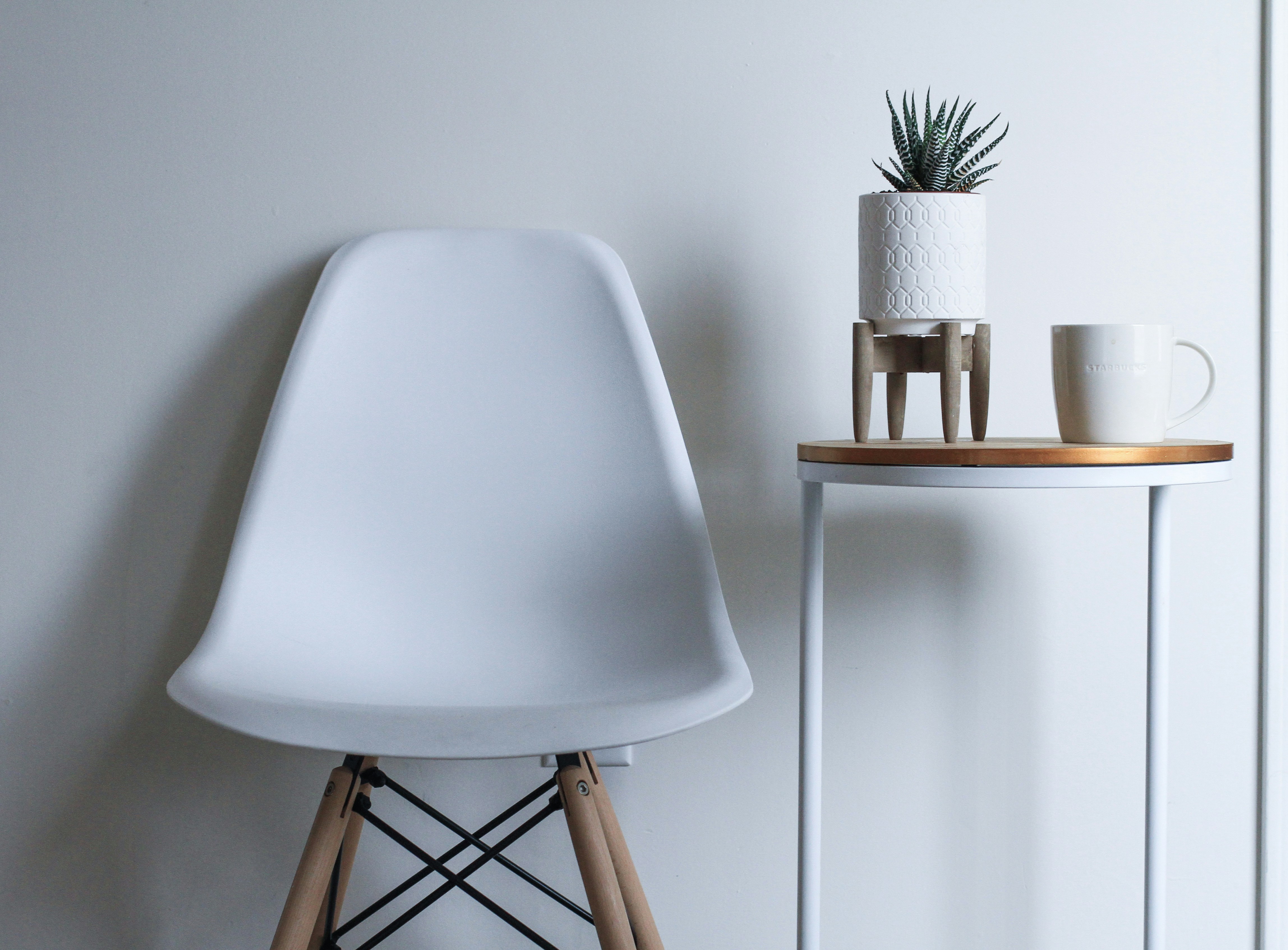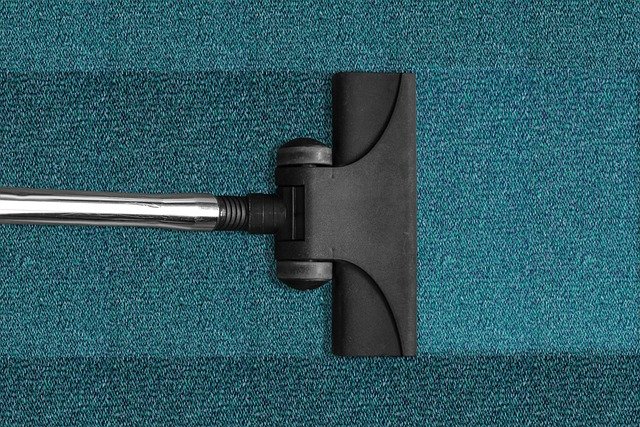Rethinking Spaces: The Rise of Multifunctional Rooms in Modern Homes
Our homes are not just places where we eat, sleep, and seek shelter. In today's fast-paced and technology-driven world, the concept of home is rapidly evolving. Multifunctional rooms have become a trend, gaining popularity for their practicality and adaptability. This shift in home design is a reflection of our changing lifestyles, where work, play, and relaxation often intersect.
The Genesis of Multifunctional Rooms
The concept of multifunctional rooms is not new. In fact, it dates back to the days when our ancestors lived in single-room dwellings that served multiple purposes. However, as societies evolved and homes became larger, rooms started being designated for specific purposes.
The recent resurgence of multifunctional rooms is a response to our modern lifestyle needs. Increased urbanization constricts living space, remote work demands a home office, and evolving family dynamics necessitate adaptable spaces. This need for versatility in a home has given birth to rooms that can seamlessly transition from a workspace during the day to a relaxation zone at night.
The Modern Appeal of Multifunctional Rooms
Multifunctional rooms are no longer just a necessity but have become a design statement. They showcase a homeowner’s creativity, adaptability, and understanding of modern design principles. The ability to transform a room’s function based on need or mood is appealing to the modern homeowner. This design trend has been embraced by interior designers and architects, who are putting their creative spin on it, offering innovative solutions and attractive designs.
Practicality and Market Trends
The current real estate market trends show an increase in demand for homes with multifunctional rooms. With housing costs escalating in major cities, maximizing space utilization becomes crucial. A room that serves multiple purposes is seen as a practical solution that offers value for money.
Moreover, the ongoing pandemic has reinforced the need for multifunctional rooms. As more people work from home, the demand for a dedicated workspace within the home has increased. Similarly, home-schooling needs have created a demand for study areas. A multifunctional room addresses these needs without compromising on living space.
Enhancing Daily Living with Multifunctional Rooms
Multifunctional rooms enhance daily living by providing flexibility. A living room can double up as a home office during the day and transform into a relaxation zone in the evening. Children’s rooms can accommodate a study area without compromising on play space. The guest room can serve as a hobby room when not in use. The possibilities are endless.
These rooms also encourage decluttering and efficient use of space. They demand smart, adaptable furniture, and thoughtful design elements, which contribute to a well-organized, efficient home environment.
Conclusion
As lifestyles evolve and space becomes a premium, the charm and practicality of multifunctional rooms are hard to ignore. They cater to our need for versatility, adaptability, and efficient use of space. It’s a trend that reflects our changing attitudes towards home design, favoring functionality as much as aesthetics. As we continue to redefine our living spaces, multifunctional rooms are here to stay, making our homes more dynamic, adaptable, and reflective of our multi-faceted lives.







